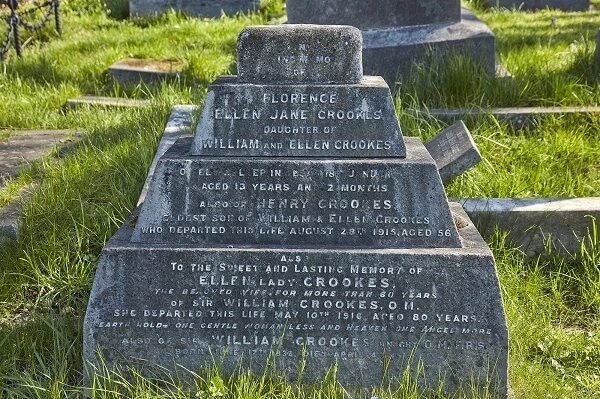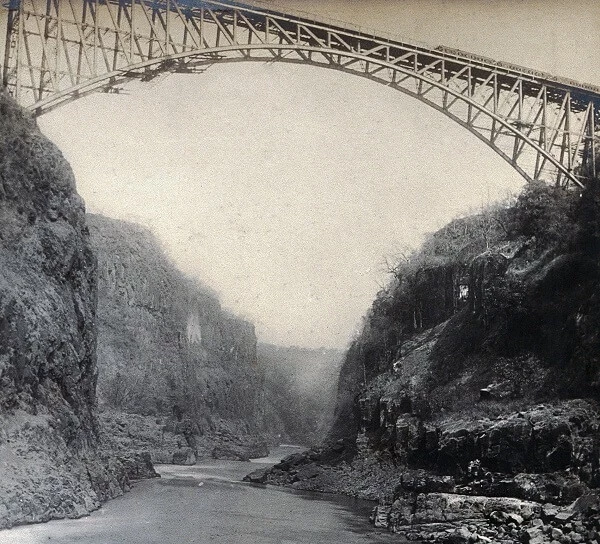
Sir William Crookes (1832-1919)
Renowned chemist and science journalist, who was fascinated by psychics.
Contributions to science
William Crookes was a well-known figure in Victorian scientific circles, and awarded many honours for his contributions to science. This was a notable achievement for the eldest son, the first of sixteen children, of a Yorkshire tailor.
Despite travelling widely, Crookes spent most of his life in London, researching and writing. His curiosity, skills and interests were wide-ranging, from chemistry and astronomy to using chemical processes to extract gold and turn sewage into fertilizer. He even produced the revolutionary anti-polarising lenses used in safety glasses and sunglasses.

Spectroscopy
Crookes was particularly absorbed by spectroscopy – the interaction between matter and electromagnetic radiation – and, as a result, he discovered a new magnetic element, thallium. His work in this area was so important that it formed the foundation of nuclear physics, enabling the discovery of X-rays and the electron.
Despite his impeccable scientific credentials, Crookes invited controversy soon after his much-loved brother died overseas. He began visiting mediums and attending séances, coming to believe that some of his experiences were genuine, and certainly worth exploring scientifically.

The ghost club
He pursued psychical research alongside his chemistry and physics, despite the deep scepticism of others. He continued to add to scientific thinking and make new discoveries well into later life, advancing the theory of radioactivity in his seventies, at about the same time he became president of The Ghost Club.

